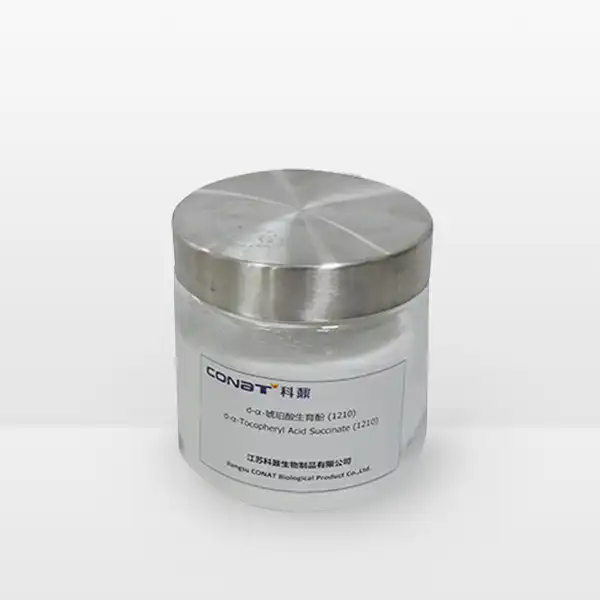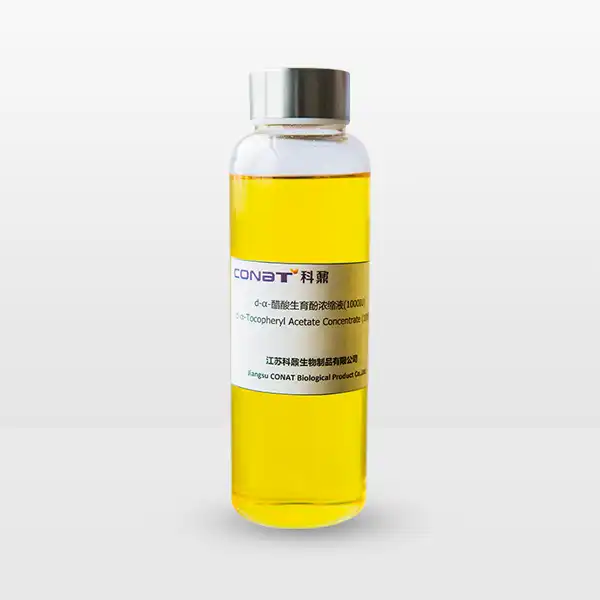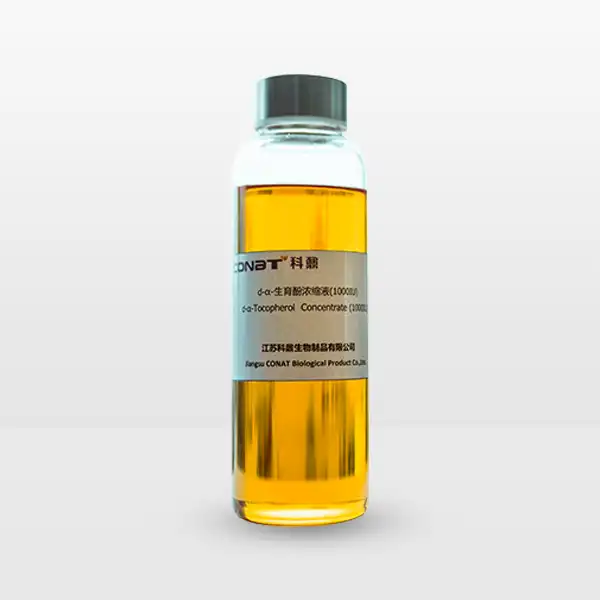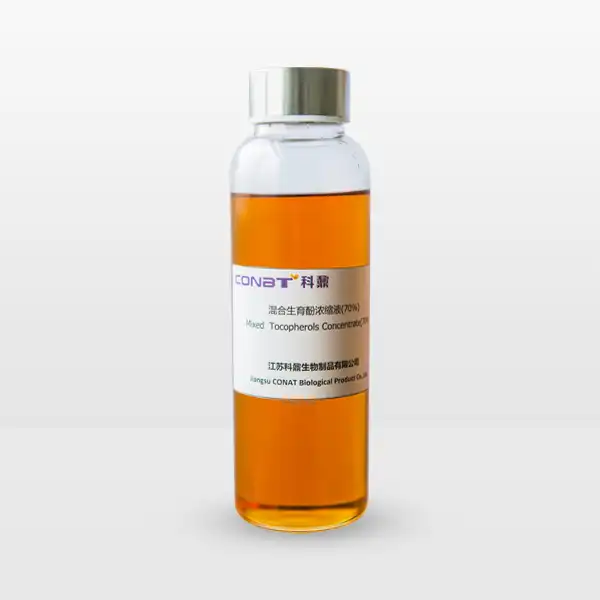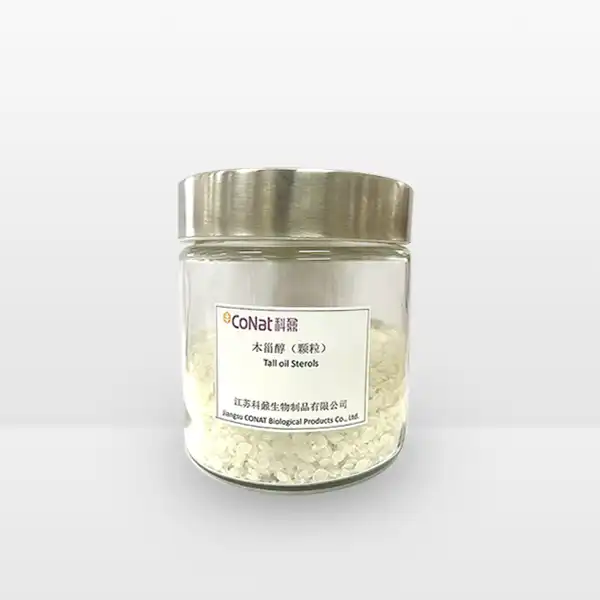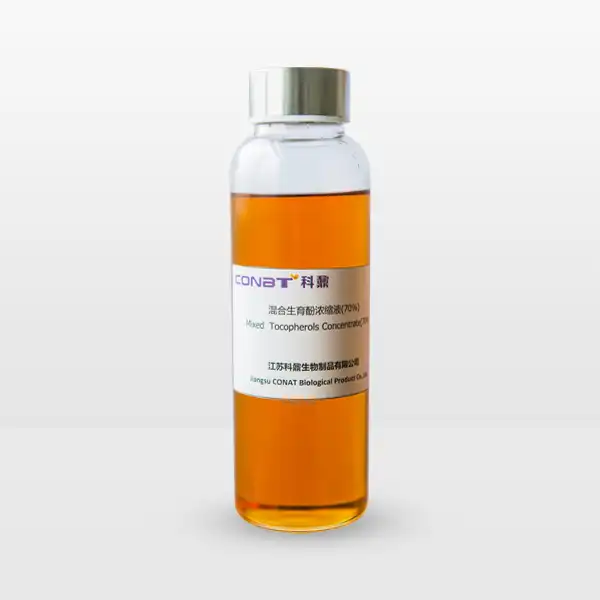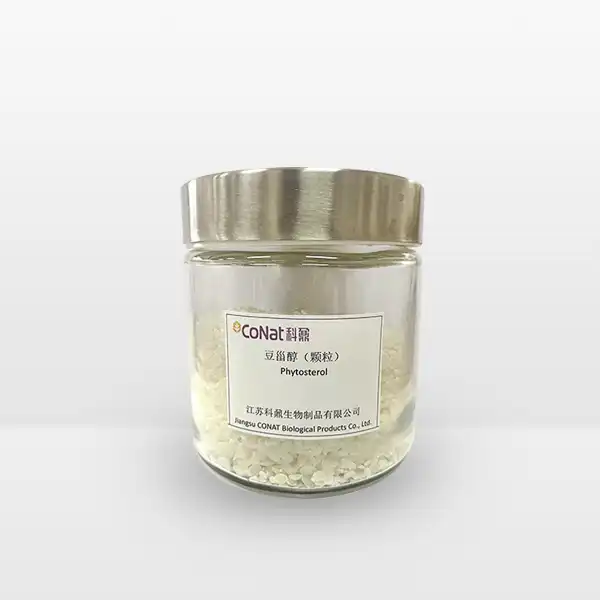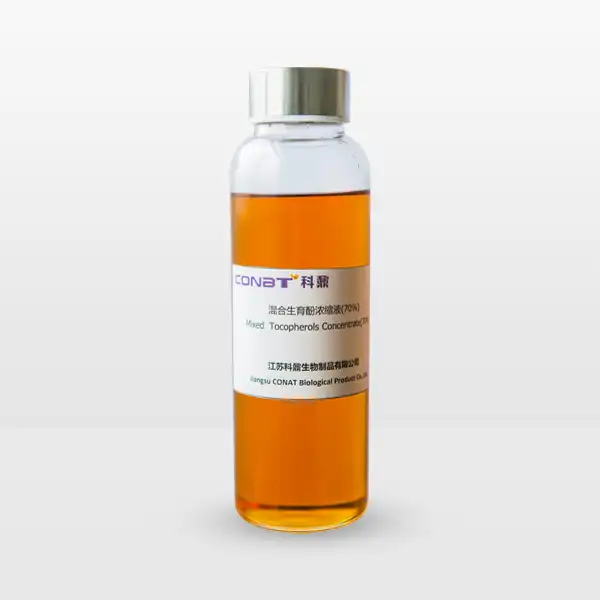- English
- French
- German
- Portuguese
- Spanish
- Russian
- Japanese
- Korean
- Arabic
- Greek
- German
- Turkish
- Italian
- Danish
- Romanian
- Indonesian
- Czech
- Afrikaans
- Swedish
- Polish
- Basque
- Catalan
- Esperanto
- Hindi
- Lao
- Albanian
- Amharic
- Armenian
- Azerbaijani
- Belarusian
- Bengali
- Bosnian
- Bulgarian
- Cebuano
- Chichewa
- Corsican
- Croatian
- Dutch
- Estonian
- Filipino
- Finnish
- Frisian
- Galician
- Georgian
- Gujarati
- Haitian
- Hausa
- Hawaiian
- Hebrew
- Hmong
- Hungarian
- Icelandic
- Igbo
- Javanese
- Kannada
- Kazakh
- Khmer
- Kurdish
- Kyrgyz
- Latin
- Latvian
- Lithuanian
- Luxembou..
- Macedonian
- Malagasy
- Malay
- Malayalam
- Maltese
- Maori
- Marathi
- Mongolian
- Burmese
- Nepali
- Norwegian
- Pashto
- Persian
- Punjabi
- Serbian
- Sesotho
- Sinhala
- Slovak
- Slovenian
- Somali
- Samoan
- Scots Gaelic
- Shona
- Sindhi
- Sundanese
- Swahili
- Tajik
- Tamil
- Telugu
- Thai
- Ukrainian
- Urdu
- Uzbek
- Vietnamese
- Welsh
- Xhosa
- Yiddish
- Yoruba
- Zulu
Are Mixed Tocopherols Artificial?
Mixed tocopherols are a group of compounds that make up vitamin E, found naturally in various food sources such as vegetable oils, nuts, and seeds. Despite their scientific-sounding name, mixed tocopherols are primarily derived from natural sources through careful extraction processes. However, there's often confusion about whether these compounds are artificial or natural, leading many to question their origin and production methods. This comprehensive guide will explore the nature of mixed tocopherols and address common questions about their sources, production, and applications. In today's health-conscious world, understanding the true nature of food additives and supplements has become increasingly important, and mixed tocopherols stand out as a fascinating example of how natural compounds can be utilized in modern food production and preservation.
What's the Difference Between Natural and Synthetic Mixed Tocopherols?
Natural mixed tocopherols are derived directly from vegetable oils through a complex extraction and purification process. The primary sources include soybean oil, sunflower oil, and rapeseed oil, which naturally contain high concentrations of various tocopherol compounds. The extraction process begins with the deodorization of vegetable oils, during which tocopherols are concentrated and separated. This natural extract contains a mixture of alpha-, beta-, gamma-, and delta-tocopherols, each contributing unique benefits to the final product.
Synthetic tocopherols, on the other hand, are created in laboratories through chemical synthesis. While they may share similar molecular structures with their natural counterparts, they often lack the complete spectrum of tocopherol compounds found in natural sources. The synthetic process typically begins with trimethylhydroquinone and isophytol, which are combined through various chemical reactions to create tocopherol molecules. However, synthetic versions often contain only alpha-tocopherol, missing the beneficial diversity of the natural mixture.
The key distinction lies in their molecular structure and biological effectiveness. Natural mixed tocopherols exist in what's known as the "d" form (such as d-alpha-tocopherol), while synthetic versions are typically in the "dl" form (dl-alpha-tocopherol). Research has shown that natural forms have higher bioavailability and are better retained by the body. Additionally, natural mixed tocopherols often contain other beneficial compounds that work synergistically to enhance their antioxidant properties.
Market research indicates that consumers increasingly prefer natural mixed tocopherols over synthetic alternatives, driven by growing awareness of the benefits of natural ingredients. This preference has led to increased investment in natural extraction technologies and sustainable sourcing practices. The superior bioavailability of natural mixed tocopherols means that lower doses can achieve the same beneficial effects as higher doses of synthetic versions, making them more cost-effective in the long run despite higher initial production costs.
How Are Natural Mixed Tocopherols Extracted from Vegetable Oils?
The extraction of natural mixed tocopherols involves a sophisticated process that preserves the integrity of these valuable compounds while separating them from their source oils. The process begins with the selection of high-quality vegetable oils, typically those with naturally high tocopherol content. Soybean oil is often the preferred source due to its abundant supply and rich tocopherol profile.
The first step involves molecular distillation, where the oil is heated under vacuum conditions to separate different components based on their molecular weight and boiling points. This gentle process helps preserve the natural properties of the tocopherols while removing unwanted substances. Following distillation, the concentrated extract undergoes further purification steps, including winterization to remove waxes and other solid materials, and filtration to ensure purity.
Advanced chromatography techniques are then employed to separate and identify the different tocopherol compounds. This allows manufacturers to standardize the concentration and ratio of various tocopherol forms in the final product. The entire extraction process is carefully controlled to minimize exposure to heat and oxygen, which could degrade these sensitive compounds. Quality control measures are implemented throughout the process to ensure the final product meets specifications for purity and potency.
Modern extraction facilities often utilize green technologies and sustainable practices to minimize environmental impact while maximizing yield. This includes the use of eco-friendly solvents and energy-efficient equipment. The resulting natural mixed tocopherols are typically available in various concentrations and forms, suitable for different applications in food preservation and supplementation.
Recent technological advancements have led to improved extraction methods that not only increase yield but also enhance the purity of the final product. These innovations include supercritical fluid extraction, enzyme-assisted extraction, and ultrasound-assisted extraction techniques. Each method offers unique advantages in terms of efficiency, environmental impact, and product quality. Additionally, the development of real-time monitoring systems has enabled better process control and consistency in the final product.
Are Natural Mixed Tocopherols Safe as Food Preservatives?
Natural mixed tocopherols have established themselves as one of the safest and most effective natural preservatives in the food industry. Their primary function is to prevent oxidation of fats and oils, which helps extend shelf life while maintaining the nutritional value and sensory qualities of food products. Unlike some synthetic preservatives, natural mixed tocopherols work by donating electrons to free radicals, effectively neutralizing these harmful compounds without introducing any artificial chemicals into the food system.
The safety profile of natural mixed tocopherols is well-documented through extensive research and decades of practical application. Regulatory agencies worldwide, including the FDA and EFSA, have approved their use as food additives and recognized them as Generally Recognized as Safe (GRAS). This classification reflects their long history of safe use and the substantial scientific evidence supporting their safety.
In food applications, natural mixed tocopherols are particularly valuable because they offer multiple benefits beyond their preservative function. They contribute to the nutritional value of foods as a source of vitamin E, support the stability of other sensitive nutrients, and help maintain product quality throughout the shelf life. Their effectiveness at low concentrations means that only small amounts are needed to achieve the desired preservative effect, further supporting their safety profile.
Food manufacturers appreciate natural mixed tocopherols for their versatility and compatibility with clean label trends. They can be used in a wide range of products, from oils and fats to processed foods and pet foods. Their natural origin aligns with consumer preferences for clean label ingredients, making them an attractive alternative to synthetic preservatives. Additionally, they are heat-stable and maintain their effectiveness throughout various processing conditions, making them suitable for different food manufacturing processes.
Industry experts predict continued growth in the use of natural mixed tocopherols as food preservatives, driven by increasing consumer demand for natural ingredients and clean label products. The global market for natural antioxidants, including mixed tocopherols, is expected to expand significantly in the coming years. This growth is supported by ongoing research into new applications and improved formulation techniques that enhance the effectiveness of natural mixed tocopherols in different food systems.
Moreover, the pet food industry has become a significant user of natural mixed tocopherols, recognizing their value in preserving pet food products while meeting pet owners' demands for natural ingredients. The stability and effectiveness of mixed tocopherols in various pet food formulations have made them an essential component in this growing market segment.
If you want to get more information about Natural mixed tocopherols, you can contact us at: sales@conat.cn.
References:
1. Journal of Agricultural and Food Chemistry. (2023). "Natural Mixed Tocopherols: Extraction Methods and Applications in Food Preservation."
2. Food Chemistry. (2023). "Comparative Analysis of Natural and Synthetic Vitamin E Compounds."
3. Nutrition Reviews. (2022). "Bioavailability and Efficacy of Natural vs. Synthetic Tocopherols."
4. Critical Reviews in Food Science and Nutrition. (2023). "Safety Assessment of Mixed Tocopherols as Food Additives."
5. European Food Safety Authority Journal. (2022). "Scientific Opinion on the Safety of Mixed Tocopherols."
6. International Journal of Molecular Sciences. (2023). "Molecular Mechanisms of Tocopherol Antioxidant Activity."
7. Food Additives & Contaminants. (2022). "Natural Preservatives in Food Systems: Applications and Safety."
8. Journal of Food Processing and Preservation. (2023). "Green Extraction Technologies for Natural Antioxidants."
9. Comprehensive Reviews in Food Science and Food Safety. (2022). "Clean Label Trends and Natural Preservatives."
10. Food and Chemical Toxicology. (2023). "Long-term Safety Studies of Natural Mixed Tocopherols."
